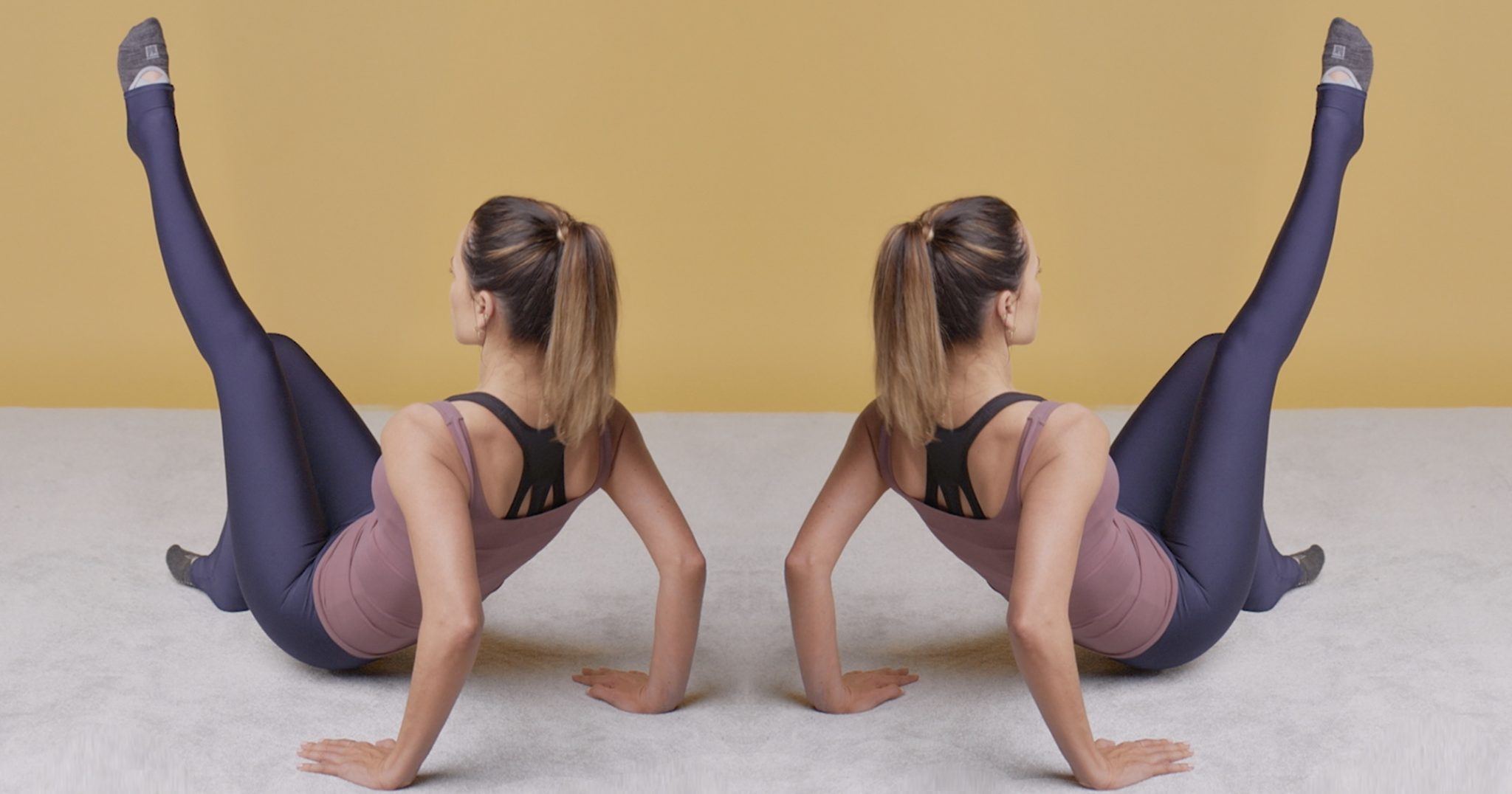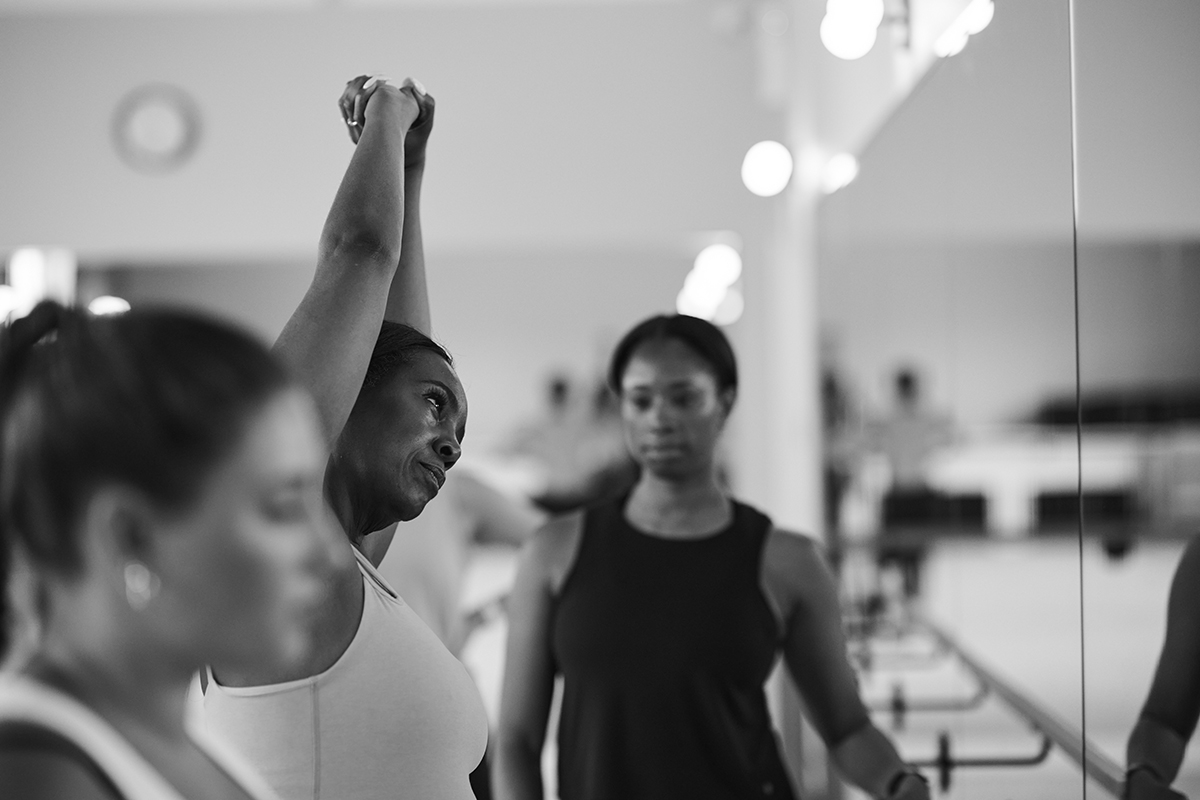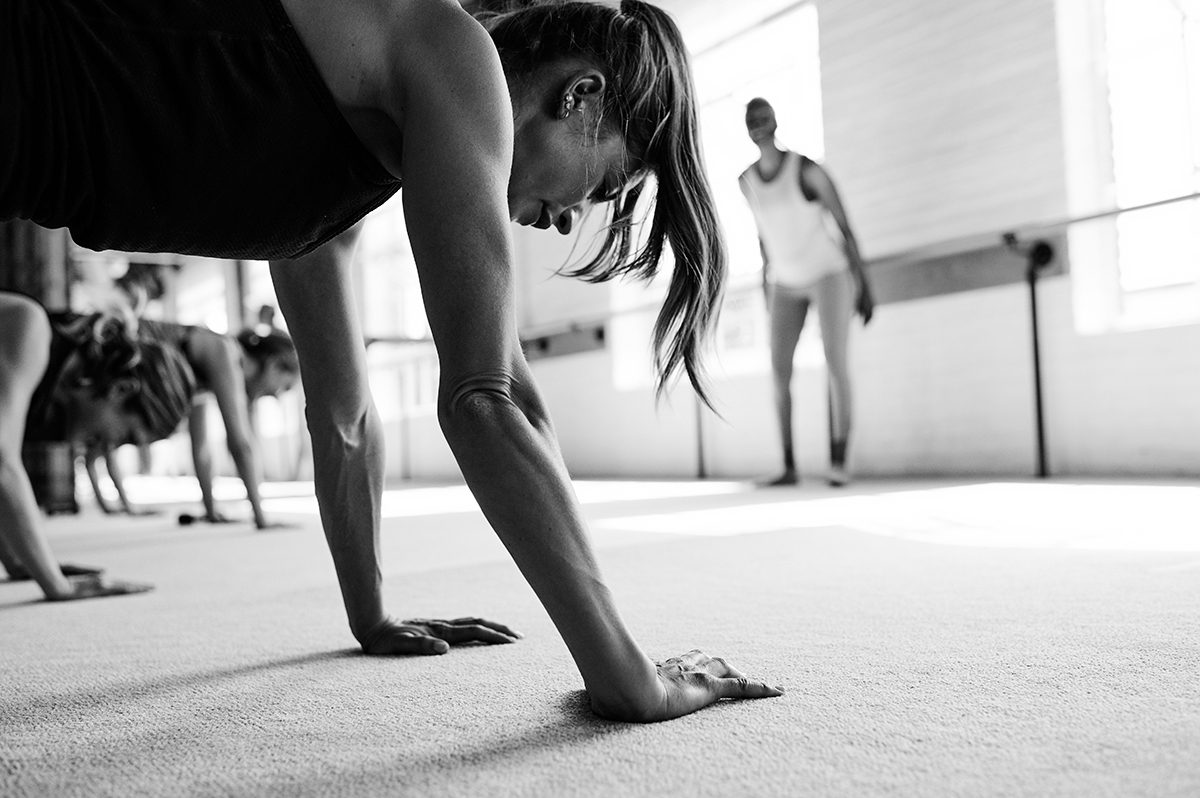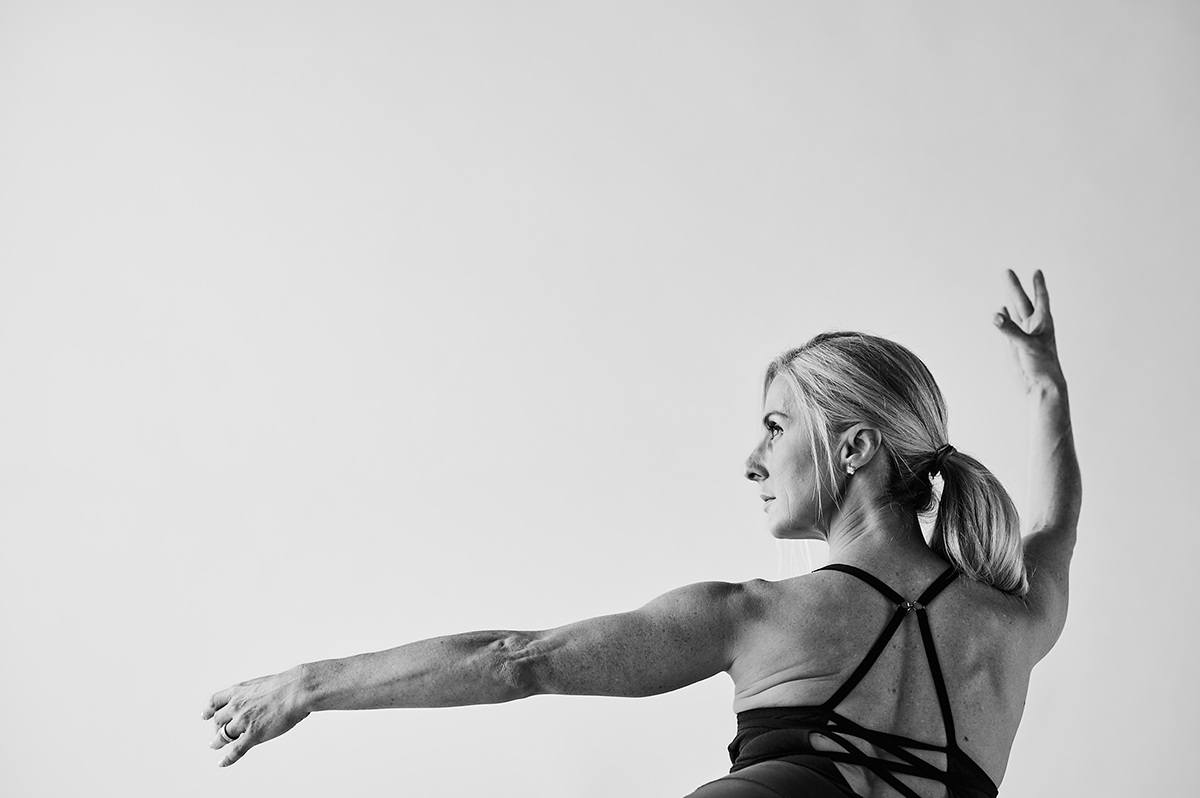New clients! For a limited time, Get 13 Classes for $78 (only $6 per class)
Benefits of The Bar Method from a Physical Therapist’s Perspective

In today’s competitive world of fitness, it can be difficult to determine which workout is most effective and best for your body. While most workouts promise to do it all, it can be challenging to cut through the noise and find the truths in their claims. The Bar Method has worked with physical therapists to develop safe, effective and fun fitness classes from its inception. As we’ve continued to evolve, the relationship we have with physical therapists remains as present and strong as day one. Here are a few reasons why physical therapists love The Bar Method:
Low Impact
The term low impact in the fitness world is often associated with the word ‘easy’, but this is far from the truth. Low impact does not mean low intensity. Any individual that has completed a set of thigh work at The Bar Method can attest to this. The Bar Method does a brilliant job of utilizing high intensity moves that have a low impact on joints. This means muscles surrounding the joint are effectively challenged while little stress is placed on the joint. Why is this important? Increased wear on joints can lead to decreased cartilage/cushion on joints, decreased range of motion and increased pain, which over time can lead to decreased mobility and a decrease in the body’s overall health. Increased wear and tear on joints can also lead to arthritis, which affects a large percentage of adults. In 2015 the CDC reported that 29.3% of individuals age 45 to 65 reported a doctor’s diagnosis of arthritis. This percentage increased to 49.6% over the age of 65. Partaking in a form of low impact exercise also places the body at a decreased risk for injury and provides a viable fitness option for a larger amount of the population. While forms of exercise like running, jumping, and other plyometric exercises can be difficult due to injury or other preconditions, The Bar Method offers benefits to individuals in a wide range of age, strength and physical abilities.
Focus on Form and Posture
The Bar Method is a technique known for its precise attention to detail. From the top of the head to the tip of your toes, a Bar Method Instructor is trained to look at the body from all angles to ensure clients are in proper form and are getting the most out of every exercise. Maintaining proper posture is at the foundation of every Bar Method exercise. Instructors take careful notice of the alignment of the body throughout class to help strengthen postural muscles, to keep core musculature engaged, and to keep the spine in neutral alignment. This helps to prevent unnecessary stress on the neck, low back, and hip flexors, which are areas of the body that are prone to injury. In addition to preventing injuries, the benefits of maintaining proper posture include:
- Improved energy levels
- Improved circulation
- Improved lung capacity
- Decreased joint/muscle pain
- Improved health of joints and muscles
- Increased muscle efficiency
- Improved appearance and confidence
Strengthens and Lengthens
The Bar Method is characterized by movements that sculpt and stretch muscles throughout the body which result in strong, long, lean muscles. Physical therapists love this technique because it utilizes all forms of muscle contractions- isometric, concentric and eccentric contractions. An Isometric contraction is when no change in length of muscle occurs as it contracts (no movement). Examples of isometric muscle contraction in The Bar Method include: static hold in thigh work and plank position. A concentric contraction occurs when a muscle shortens as it contracts. Examples include: bicep pulses, the action of drawing weight towards your body during bicep curls, and raising your body up in 2 counts during thigh work. An eccentric contraction occurs when a muscle lengthens as it contracts. Examples include: lowering the weight away from the body during bicep curls and lowering your body down in 2 counts during thigh work. Incorporating all three types of muscle contractions produces greater results in the body during strength training and creates an efficient and effective work out.
Utilizes Open and Closed Kinetic Chain Exercises
Exercise can often be characterized by two different forms of movement, open kinetic chain or closed kinetic chain. Open kinetic chain movements are exercises performed where the foot or hand are free to move. Examples include: shoulder walks, bicep curls, and the working leg in arabesque/ fold over. These activities are typically characterized by non-weight bearing activities with decreased resistance forces and increased acceleration forces. Closed kinetic chain movements are exercises performed where the foot or hand is fixed in space and cannot move. Examples include: thigh work (except leg lifts), push-ups, plank, tilted seat. These movements are characterized by weight bearing activities with increased resistance forces, increased joint stability, and decreased acceleration forces. Both forms of exercises are effective ways to strengthen muscles, and both offer different benefits on the muscles and joints involved. The Bar Method utilizes a wide variety of open and closed kinetic chain exercises and makes The Bar Method a challenging, fun, and well-rounded workout.
Hands on and Verbal Adjustments
The verbal and physical adjustments used at The Bar Method are a physical therapist’s dream! Physical therapy is based on hands-on care, instruction and education to help patients reach their goals. The teaching technique used in The Bar Method is inherently similar to the core of physical therapy. Bar Method instructors use physical and verbal adjustments throughout class to keep students focused and in their best form in order to attain their fitness goals. Bar Method instructors receive detailed education on anatomy during their training and spend hours practicing hands on adjustments to ensure that students with all different body types benefit from each exercise.
The Bar Method’s Learning and Development team continues to work with physical therapists to provide ongoing education for all Bar Method studios. Our goal is to continue to strengthen the knowledge and skills of our instructors in order to better serve our beloved clients and provide a safe and effective workout. We hope to see you in class soon!
Reference for statistics:
https://www.cdc.gov/arthritis/data_statistics/arthritis-related-stats.htm

About the Author
Kerrisa Smith Manheimer has been a licensed physical therapist for almost 15 years, working in a variety of settings during her career, including orthopedics, outpatient neuro, acute rehab, skilled nursing, acute care and home health. Kerrisa has been a Bar Method student for over 8 years, and an instructor for over 6 years. She began her teaching career at The Bar Method’s flagship Marina studio in San Francisco, and recently relocated to the Boston area where she teaches at the Back Bay and Downtown studios in Boston. Kerrisa has been the Bar Method national physical therapy consultant for over 4 years, and finds great satisfaction working with The Bar Method HQ team, studio owners and clients. Kerrisa lives in Newburyport, MA with her husband Jeff, and their 18-month old Bernese Mountain dog, Frankie. In addition to taking Bar Method classes, Kerrisa loves to travel and explore new restaurants with her husband and friends in her free time.



